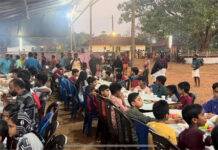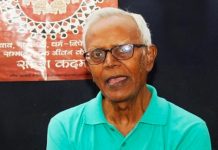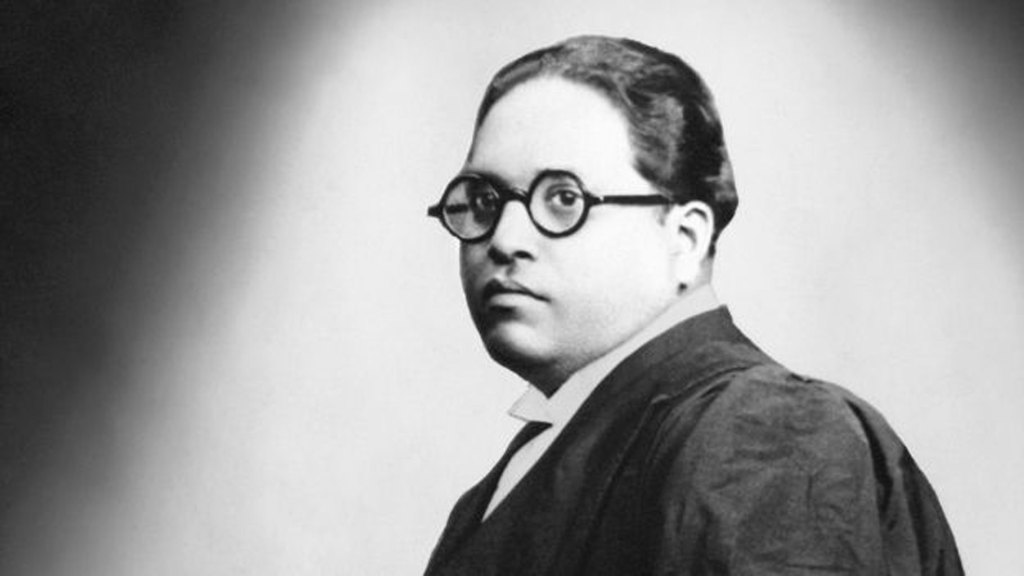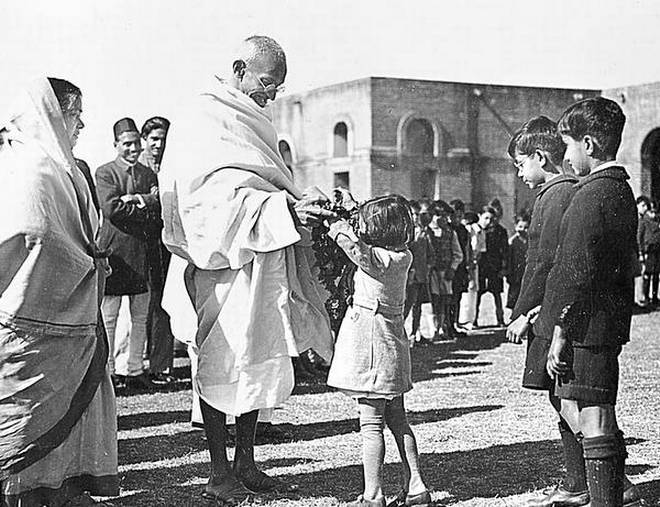On the 13th of July 2020, the honourable Supreme Court of India, while hearing an appeal filed by the Travancore royal family and many others against the ruling of the High Court of Kerala, pronounced a consequential judgement upholding the customary rights or Shebait of the royal family to manage the properties of Sri Padmanabhaswamy Temple.
The verdict of the honourable Supreme Court made the right winged socio-cultural elements, who for decades have been advocating autonomy for temples, quite vocal about the ‘services’ the royal family had rendered to the people. Their efforts are complemented by the resolve of some ‘liberal intellectuals’ to depict the princely state and the royal family as a valorous and altruistic enterprise which was successful in resisting the intrusion of British colonialism into the deep south and also in laying the foundations for Kerala’s contemporary social development. These efforts should be seen as an episode in the pan India efforts, by the reactionaries, towards distorting and rewriting our own history as we know it. This article abstains from delving into the merits of the court judgement, and would contemplate the pressing concern of historical distortions.
Distortions and Hypocrisy and the Subtle Art of Historicity
Our treatment of history has been rather hypocritical. We simultaneously blame the colonial government, for exploiting our nation and its people, and praise the princely states, that were junior partners of the colonial powers in their endeavours. These princely states sustained the medieval tendencies of the Indian society intact by preventing the growth of nationalism and precluding the benefits of modernity from reaching the subalterns. The staunchest supports of the princely states boast of the colonial epithets, like ‘model state’, conferred on some as a sign of great honour. But on close examination, most of these model states, like Travancore, turn out to be regressive, authoritarian, ultraconservative, feudal, casteist and patriarchal. In an effort to weave a glorious past, tools and techniques of forced amnesia and selective amnesia are being employed to train us into forgetting the resistance movements against oppressions of caste, religion and gender. History has been corrupted as a tool for sycophancy rather than being used as the engine for transformation and enlightenment.
It is incontestable that Travancore was one of the richest of the native Indian states. The wealth stashed in the six vaults of Sri Padmanabhaswamy temple stands testimony to the fiscal prowess of the native state. The vault A, E and F of the temple alone is estimated to have more than 2 lakh crore worth of gold and valuables. In 2007, Uthradam Thirunal Marthanda Varma, then head of the royal family, claimed that treasures of the temple were the family property of the royals, which created huge public uproar. It is apparent that the treasures unearthed from the temple were contributed by the Maharajas and Maharanis of Travancore. The royals have been contributing to the temple even before Marthanda Varma’s Trippadidanam of 1750 (by making Trippadidanam he decided to rule the state in the name of Sri Padmanabhaswamy as Padmanabha dasa (servant of Padmanabha), which is followed even today). Thus an inquiry into the source of wealth of the royals becomes paramount in deciding the ownership of the treasures.
The state of Travancore maintained an outward appearance of a welfare state but deep inside it subsisted on the economic exploitation of the plebeian. The government of Travancore was notorious for its regressive taxation system. Though the writings of some pretended historians and syllabus revision committees of CBSE textbooks doubts the existence of the obnoxious breast tax, their claims and conspiracies are not enough to dispel the valour and sacrifice of Nangeli and the women who rose in revolt under the banner of Channar Revolt, for the right to cover the upper part of their body. The lower caste women in Travancore were not allowed to cover the upper part of their body, as it was considered as a gesture of irreverence to the men of upper caste. Unwillingness to follow the tradition attracted a breast tax, charged since puberty, which was assessed on the basis of the size of the breasts. Further it was mandatory for the men of lower caste to pay the Head Tax or Talakkaram, tax for conducting marriages and even for growing moustache and hair. The lower castes who were overburdened by feudal extractions were pushed into poverty by the house tax called Kuppakkatcha (Kuppa refers to the huts of the poor). No aspect of the life of the commoner escaped the fiscal tyranny of the government.
The history of the masked ‘reformist state’ of Travancore was also ripe with the inhumane practice of slavery. Slavery was in fact patronised by the rulers of Travancore. The royal government maintained and rented out around 15,000 slaves to the land lords with the permission to harm and even kill for inappropriate behaviour and disobedience. A worst form of chattel slavery operated in kerala. The records point out to the slaves and their offspring being sold and bought in open markets. There are even evidences of children being sold by the family for escaping the hardships during monsoon and famine, while free food and accommodation were provided for the upper castes, especially the Brahmins, in the inns maintained by the government. The slaves were also coerced to pay all the oppressive taxes. The government lacked the sheer will to extend humanitarian concern towards the slaves. Even the royal proclamation of 1853 that abolished slavery in Travancore was made under the relentless pressure of Christian missionaries and the government of Madras. Thus a part of the amount extracted from the slaves and the depressed classes were used for paying the annual tribute to the British, leading an extravagant life and hoarding in the temples.
The loyalists are highly appreciative of the lavish expenditure made by the governments of the H H Maharaja of Travancore for laying the foundations of contemporary social development of Kerala. But on cross-examination it can be ascertained that the perks of these spending were accrued by the upper strata of the society and precluded its percolation to the lower levels. The administration took ample care to maintain the division between the upper castes and the lower castes. According to the census data of 1941, of Travancore, 74% of the Brahmins were literates, against a dismal 10% of the Pulayas. Further, majority of the high offices were extended only to Tamil Brahmins, even after strong criticisms from the natives. To go by the statistics, in 1930 out of the 503 appointments made to the gazetted rank none from the depressed classes were chosen, against 170 Tamil Brahmins. These figures authenticate the marginalisation of the depressed class under the government. They were denied access to schools, hospitals, public roads, temples, wells and tanks. Moreover the royal family held the Brahmins in high regard due to their ritual status. In Travancore a Brahmin could not be sentenced to death for crimes committed, while a Shudra could be harmed and killed at will if he violated the norms of untouchability. Rather than showering praise on a reactionary and repressive apparatus, appreciations should be made on the factors that led to the growth of sub-national consciousness and to the activities of Christian missionaries which laid the bedrock for the social development of the state.
This conviction of fundamentalist bodies in the temple functionaries instigates them to portray the heydays of the royal family as ‘the only glorious past’ with the sinister aim of establishing the supremacy of the royals in the religious and cultural domain of the society for which decades of oppression, exploitation and marginalisation of the deprived performed under the royal watch should be maimed, wiped clean, destroyed and exonerated through publication of fantasies disguised as histories and revision of the syllabus. This is not the first instance of history being distorted. Our past stands witness to numerous attempts at historical negations. To take a lesson from the past, wherever history is twisted the generation strays and gets kicked off the road of progress. We are passing through difficult times where negligence will cost us dearly.
Agney GK is Assistant Professor at the Mar Thoma College ,Tiruvalla, Kerala.
The views and opinions expressed in the article are solely that of the author and not endorsed by The New Leam.














